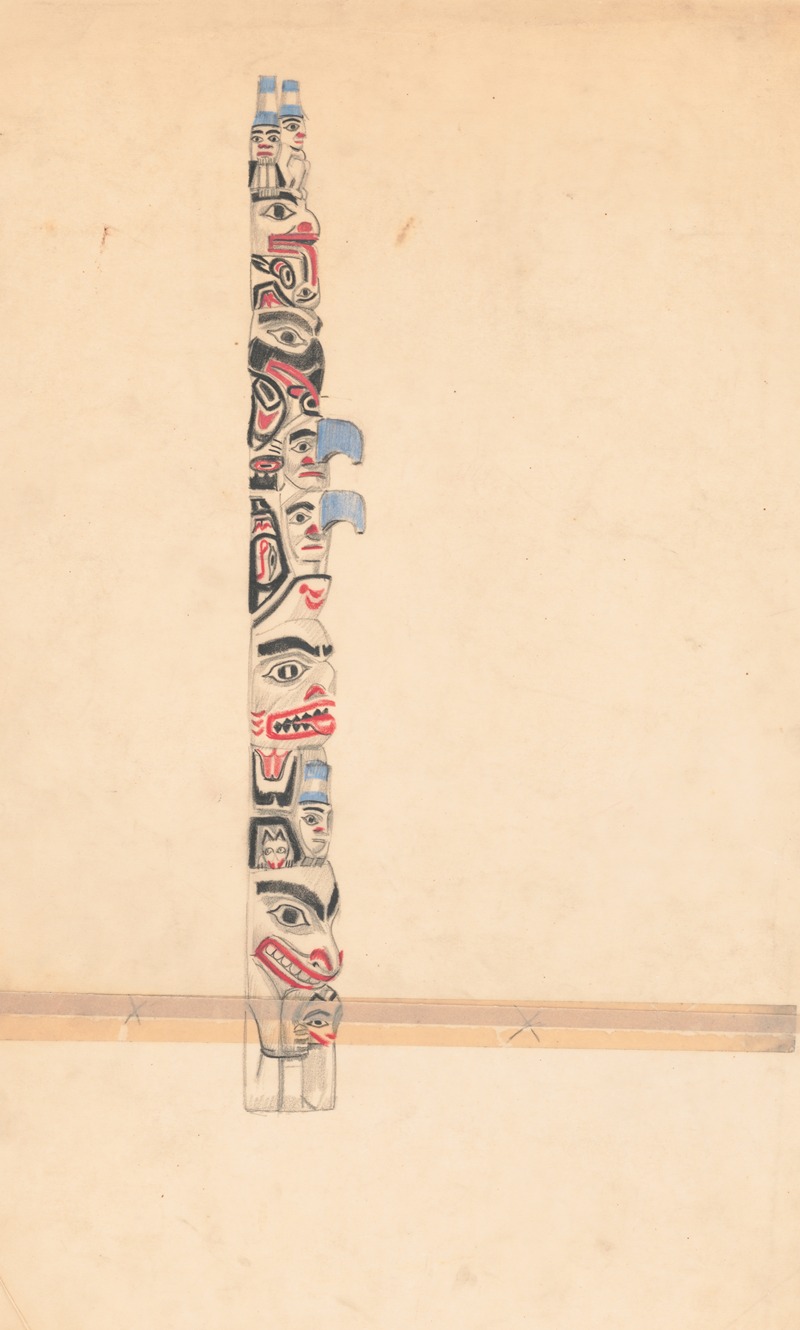
Design for totem pole
A hand-painted replica of Winold Reiss’s masterpiece Design for totem pole, meticulously crafted by professional artists to capture the true essence of the original. Each piece is created with museum-quality canvas and rare mineral pigments, carefully painted by experienced artists with delicate brushstrokes and rich, layered colors to perfectly recreate the texture of the original artwork. Unlike machine-printed reproductions, this hand-painted version brings the painting to life, infused with the artist’s emotions and skill in every stroke. Whether for personal collection or home decoration, it instantly elevates the artistic atmosphere of any space.
Winold Reiss was a German-American artist known for his portraits and designs that often celebrated Native American culture and other diverse subjects. Born in 1886 in Karlsruhe, Germany, Reiss immigrated to the United States in 1913, where he became a prominent figure in the Harlem Renaissance and contributed significantly to American art through his unique style and cultural sensitivity.
One of Reiss's notable works is "Design for Totem Pole," which reflects his interest in Native American art and culture. Reiss was deeply inspired by the indigenous peoples of North America, and he sought to portray their traditions and artistry with respect and authenticity. His work often involved extensive research and collaboration with Native American communities, allowing him to capture the essence of their cultural expressions.
"Design for Totem Pole" is a testament to Reiss's dedication to accurately representing Native American motifs and symbols. Totem poles are monumental carvings, typically made from large trees, that are significant in the cultures of indigenous peoples of the Pacific Northwest Coast of North America. They serve various purposes, including as emblems of family lineage, representations of cultural beliefs, and commemorations of historical events.
Reiss's design likely incorporates traditional elements found in totem poles, such as animal figures and symbolic imagery, which are integral to the storytelling and cultural heritage of the communities that create them. His approach to this design would have been informed by his understanding of the cultural significance of these symbols and his commitment to portraying them with integrity.
Throughout his career, Reiss was known for his vibrant use of color and his ability to blend traditional artistic techniques with modernist influences. This fusion is evident in his "Design for Totem Pole," where he likely employed bold colors and dynamic compositions to bring the totemic imagery to life. His work not only highlights the aesthetic qualities of Native American art but also serves as a bridge between different cultural traditions, fostering appreciation and understanding.
Reiss's contributions to art extended beyond his individual works; he was also a teacher and mentor to many young artists. His legacy is marked by his efforts to promote cultural diversity and his belief in the power of art to transcend cultural boundaries. "Design for Totem Pole" is just one example of how Reiss used his artistic talents to celebrate and honor the rich cultural tapestry of America.
While specific details about the creation and reception of "Design for Totem Pole" might be limited, the work remains an important part of Reiss's oeuvre, reflecting his lifelong passion for cultural exploration and artistic innovation.






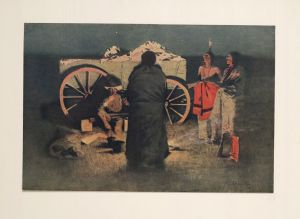
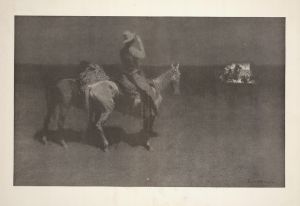

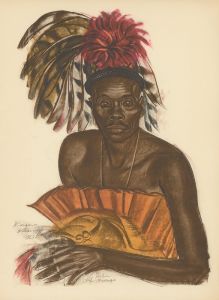
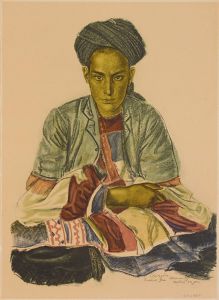

![Graphic design for Fisk Jubilee Singers.] [Concert poster with harp and mask motif](/imgs/249251/s/winold-reiss-graphic-design-for-fisk-jubilee-singers-concert-poster-with-harp-and-mask-motif-3c54d344.jpg)
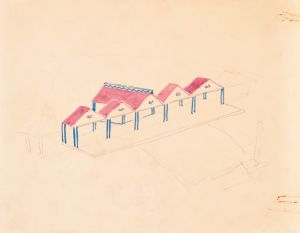

![Proposed decorations for Fisher Building, Detroit.] [Bridge 1st floor.] [Bridge 2nd floor & end gallery no. 205.] [Elevator lobbies 105 & 112](/imgs/249385/s/winold-reiss-proposed-decorations-for-fisher-building-detroit-bridge-1st-floor-bridge-2nd-floor-end-gallery-no-205-elevator-lobbies-105-112-fcb75b95.jpg)

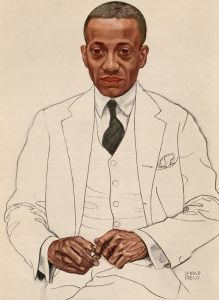
![Design for reflected ceiling plan.] [Partially colored drawing for ceiling plan](/imgs/249463/s/winold-reiss-design-for-reflected-ceiling-plan-partially-colored-drawing-for-ceiling-plan-11749db9.jpg)